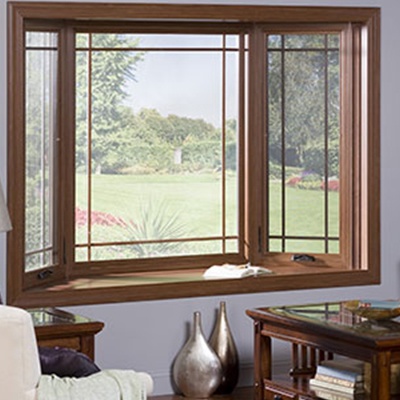Condensation is a sure sign that your windows have to be changed.
Windows are an important barrier between the extreme, variable weather conditions outside and our tranquility, consistent house temperature levels. Home replacement windows quite often have a fifteen to twenty-year lifespan, so thankfully we do not need to think about replacing them too often. However understanding when it's time to replace them can be tricky. You might be tempted to try and hold out for another season if you notice the warning signs. However changing your home windows currently can aid you expand the life of your entire residence and maintain you and also your household warm all winter months long. Below are a couple of signs that your home windows are not all set for the extreme wintertime this year.
Drafty Home
As windows age, they start shrinking, damaging, as well as not shutting effectively, enabling air from inside your house to drain. As a result of this, your A/C system has a hard time to maintain your house at a constant temperature level and also sends your energy expenses escalating. If your home is visibly much more breezy or your electrical bills appear to be increasing this succumb to no noticeable reason, you might wish to have your windows took a look at.
Difficult to Lock
We take pleasure in having our home windows open when the weather is nice, but they shouldn't be open all of the moment. Throughout the winter season when we're not home, your windows ought to be shut in area and locked. Windows with malfunctioning locks is a major safety danger that ought to be treated asap to maintain your household safe. Frequently the lock can be repaired inexpensively, but if the home window is having difficulty staying open or closed or is dripping air, it could be best to simply mount a brand-new one.
Condensation Forming
The greatest sign that you require brand-new windows is when condensation starts to base on the inside of your home window when it is closed as well as locked. This is a measure of a most likely permanent defect as well as should be addressed as soon as possible to stop the prospective development of mold and mildew in the framework, which could spread to various other locations of your home as well as cause major damage when left unattended.
Have you practically had it with your old, drafty home windows?
Is this the year you've decided to ultimately replace your home windows? Changing your windows with new ones comes with great deals of benefits, consisting of a power performance boost, much better air flow, and also much better high quality of light in your home. The National Fenestration Rating Council accredits and also classifies windows (in addition to doors and skylights) on their performance as well as energy efficiency. When you're shopping for brand-new windows you'll see these ratings on the NFRC tag. In this week's blog site, we'll discuss the best ways to read this label to make sure you're making a notified choice on your brand-new windows.
Heat Gain and also Loss
The very first three buildings on the label involve how the home window performs when it come to heat gain and also loss. Windows gain and also lose heat in 3 ways:
Straight conduction with the glass.
Radiation of warm from the sunlight right into your home, and also outdoors from objects in the house.
Air leak via and around the window.
U-factor
This is "The rate at which a home window, door, or skylight conducts non-solar heat circulation." The takeaway below is "The reduced the U-factor, the more energy-efficient the window, door, or skylight."

Solar Warm Gain Coefficient
The SHGC informs us just how much radiation is admitted with the window and also released as warm in the home. The Buresh lower the number, the much less heat is sent. However, this doesn't always imply you desire a low SHGC. For instance, since a greater SGHC suggests the window enables much more heat in, you can enable much more solar warmth inside in the winter season, which might lower your home heating needs. In this situation, the climate you reside in will certainly play a major factor in selecting an SHGC rating.
Air Leak
This evaluates how much air the window lets in relative to a particular stress distinction across it. The reduced the score, the less air leak.
Sunlight Passage
The next 2 scores measure how much light a home window lets into your house.
Visible Transmittance (VT).
This number in between 0 and 1 measures what fraction of the range of visible light the home window lets through. The higher the portion, the extra light the window will certainly allow. If you want to employ daylighting in your house, you'll want a higher portion. If you wish to minimize indoor glare, you may want a lower fraction.
Light-to-Solar Gain.
This number is the ratio between the SHGC as well as the VT. "The higher the number, the extra light transmitted without adding extreme quantities of heat.".